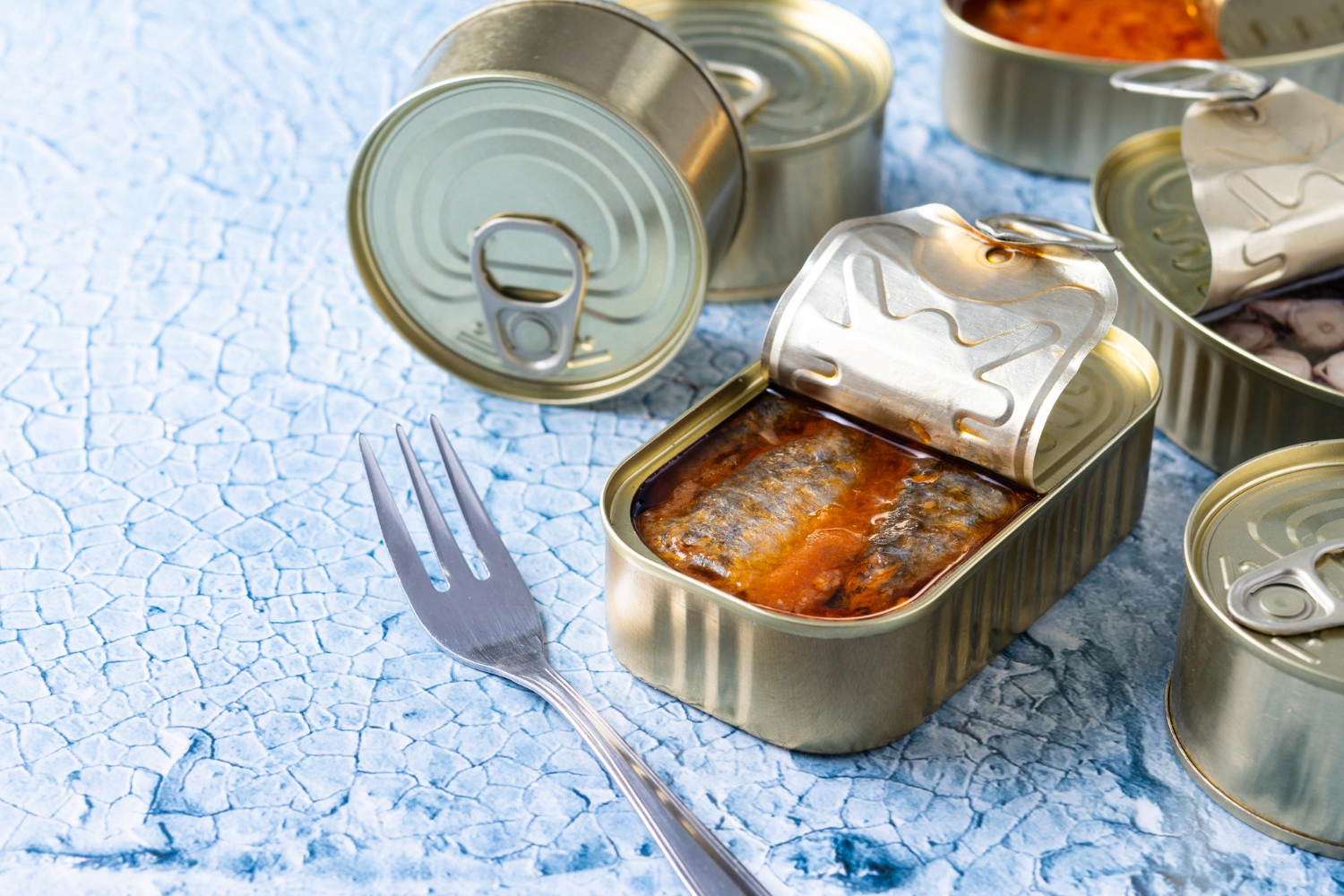From social media, to our doctors, to articles online, the advice to eat more fish, especially fatty fish, is everywhere these days. If you're wondering what's behind these recommendations, they have a lot to do with the fish oil found in these fatty seafood. But what makes fish oil so special? And what is the recommended daily allowance of fish oil?
Content How fish oil benefits the bodyWhat is the daily intake of fish oil6 ways to increase the amount of fish oil in your diet
WomanEL offers to learn what these benefits are, how they differ from plant-based omega-3s, and some of the best (and tastiest) ways to incorporate fish oil into your diet.
How fish oil benefits the body
When it comes to Omega-3 fatty acids, there are three main types: alpha-linolenic acid (ALA), docosahexaenoic acid (DHA), and eicosapentaenoic acid (EPA). These fatty acids are considered “essential.” They cannot be produced by our bodies. Therefore, we must obtain them through diet or Omega-3 supplements,” explains nutritionist Megan Huff.
Each of these unsaturated fats has specific functions in the body. ALA serves as a source of energy and is a precursor to DHA and EPA. While DHA plays an important role in brain and eye function, and (along with EPA) reduces inflammation and promotes heart health.
“Key benefits also include lowering LDL (low-density lipoprotein, or “bad”) cholesterol, lowering blood pressure, and helping regulate mood,” adds Huff. These fats are also effective prebiotics (or food) for the beneficial bacteria in the gut microbiome and promote healthy fetal brain development.
“In addition, studies have shown the benefits of Omega-3 in reducing stiffness in rheumatoid arthritis and the risk of developing Alzheimer's disease and dementia,” shares nutritionist Courtney Pellitera.
What is the daily intake of fish oil?
ALA is commonly found in plant-based fats, such as walnuts, chia seeds, flaxseeds, and soybeans. While rich sources of DHA and EPA are fatty fish, including sardines, anchovies, salmon, and mackerel. And while ALA can be converted to DHA and EPA in the body, it only does so at a rate of about 15 percent.
“Experts recommend that adult women consume 1.1 grams of ALA per day and men consume 1.6 grams per day,” explains Huff. However, due to the inefficiency of ALA’s conversion to DHA and EPA, some recommend that adults consume an additional 250 to 500 milligrams (mg) of DHA and EPA (combined) daily.” Meanwhile, studies looking at omega-3 consumption for heart health recommend consuming two to three grams of DHA and EPA per day.
The bottom line? Despite the confusion in recommendations, as long as you don't exceed the upper limit of five grams of combined DHA and EPA per day (which can lead to adverse effects like bleeding or atrial fibrillation), you'll be able to get the most benefit from these fats.
6 Ways to Increase Fish Oil in Your Diet

If you want to consume at least 250-500 mg of DHA and EPA per day, your options are fatty fish or supplements. While algae is one example of a plant-based source of these specific Omega-3s, they are generally most readily available in supplement form. With that in mind, here are some of the most effective options for increasing your DHA and EPA intake.
- Salmon. One 3-ounce (85-gram) serving provides 950 to 1,830 mg of EPA and DHA. Salmon is also low in saturated fat and is an excellent source of lean protein, vitamin B12, and vitamin D.
- Sardines. These tiny fish are high in calcium and vitamin D, as well as zinc, iron, potassium, B vitamins like biotin, and (of course) Omega-3s to support bone, immune, heart, and metabolic health.
- Mackerel. This less popular fish is also very nutritious. 85 g provides about 1200 mg of Omega-3s, as well as high amounts of vitamin D, magnesium, selenium, copper, iodine and B vitamins to support bone, heart, immune, thyroid and metabolic health.
- Oysters. A 3-ounce serving contains about 670 mg of DHA and EPA, as well as plenty of zinc, selenium, copper, vitamin B12, iron, and manganese, which help boost immunity, produce red blood cells, and keep bones strong.
- Herring. A 3-ounce serving of this fish contains an impressive 1,700 mg of DHA and EPA, as well as plenty of vitamin D, calcium, magnesium, and B vitamins to support bone, heart, immune, and metabolic health.
- Dietary supplements. Not a fan of fish? Are you on a plant-based diet? Or for some other reason can't get enough fish oil from whole foods? A reputable dietary supplement can be a smart purchase.
Many people are now drinking soda water. But why do you do it? And is it safe? We suggest you find out right now.

